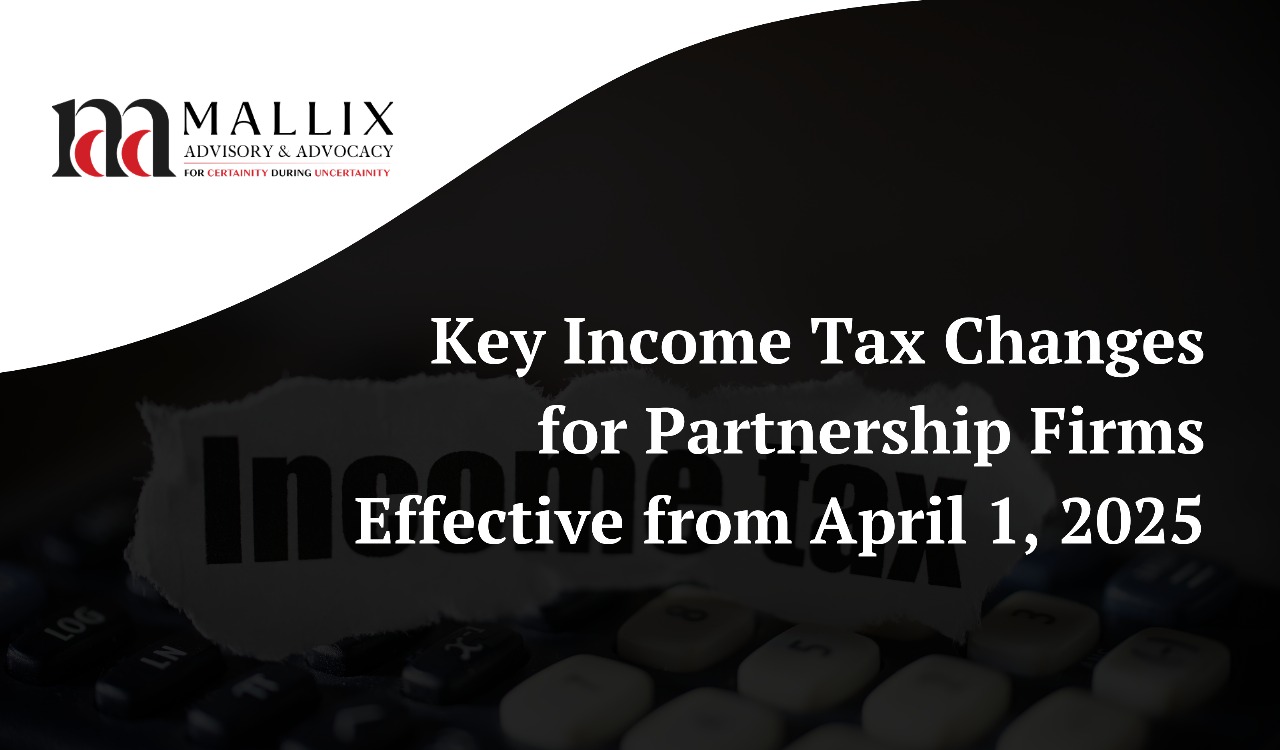Starting from April 1, 2025, significant changes in income tax regulations for partnership firms are expected to take effect. These changes are aimed at improving compliance, transparency, and financial discipline among firms. Here are the key changes:
1. Taxation of Remuneration and Interest Paid to Partners
- The allowable deduction for remuneration and interest paid to partners may face stricter limits.
- Any excess payment could be disallowed as a deduction, increasing the taxable income of the firm.
2. Introduction of TDS on Partner’s Remuneration
- New rules could require firms to deduct Tax Deducted at Source (TDS) on partner’s remuneration beyond certain thresholds.
- This will increase the compliance burden on firms but enhance tax transparency.
3. Changes in Tax Rates or Surcharge
- While the base tax rate might remain unchanged, new surcharge rates or changes in effective tax rates could be introduced.
- Firms operating at higher income levels may face an increased surcharge.
4. Requirement for Enhanced Disclosures
- Firms may be required to provide more detailed disclosures in their income tax returns.
- Enhanced reporting requirements could include partner-wise income, capital contributions, and other financial details.
5. Impact on Capital Gains and Revaluation of Assets
- Tax implications on capital gains arising from the revaluation of partnership assets may change.
- Partners exiting or joining firms may face capital gains tax implications.
6. Increased Penalties for Non-Compliance
- Penalties for misreporting income or underpayment of tax could be increased.
- Firms failing to comply with new regulations may face higher interest charges and penalties.
Conclusion
The upcoming changes will require partnership firms to reassess their financial structures and tax planning strategies. Firms should consult with tax advisors to understand the impact of these amendments and ensure full compliance with the new provisions.


